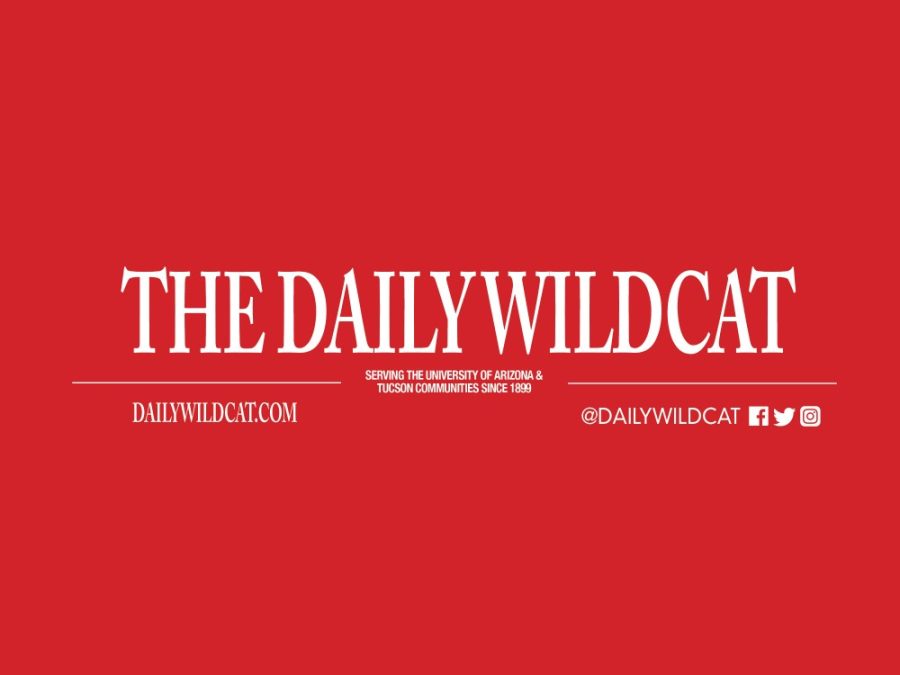Thirteen years ago, the airspace above Disney’s parks was designated a no-fly zone. Planes are still not allowed to fly within 3,000 feet above Disney World nor Disneyland, a privilege which is typically reserved for high-risk areas such as the U.S. Capitol or military bases. Now Disney has requested an exception to its own rule in order to fly drones above its parks during firework shows.
After the 2001 9/11 terrorist attacks, the Disney parks were designated as temporary no-fly zones. Temporary no-fly zones are given to large, crowded events such as the Super Bowl for the duration of the event, and removed shortly thereafter. Disney’s temporary zone, however, lasted for two years before becoming permanent in 2003, when it was tacked on to a huge spending bill passed by Congress.
This was during the time of the Iraq War. Disney pitched its no-fly zone as a security measure needed to protect the parks’ visitors. Yet no other theme park or amusement park had no-fly zones. This rule has been a source of controversy, especially for pilots who have to maneuver around the theme parks as though they were the White House.
Disney’s no-fly zones cover a radius of three miles from the centers of each of the parks, and whether they actually provide any protection from terrorists is up for debate. A rogue plane could easily fly into the park before anyone could stop it. Additionally, since it is prohibited airspace, authorities would need time to get special permission to send another plane up there to stop a terrorist plane.
Recently, Disney filed for an exemption from the Federal Aviation Administration for permission to fly its own drones in the restricted airspace. Not only is Disney asking for special treatment, it is asking the FAA to change the rules on how businesses are allowed to use drones for them.
Currently, drones are only allowed to be operated during the day and each pilot can only operate a single drone at a time. For Disney to work its magic though, it is asking for permission to fly drones during the night and to have groups of 50 or more drones be operated by only three or four pilots.
“It was controversial that [Disney was] able to get those put in place in the first instance,” said Enrico Schaefer, a lawyer from Traverse Legal who is handling drone litigation. “Now for them to come back to ask for the exemption to fly within these areas that are restricted, it just seems like salt in the wounds to a lot of other folks in the aviation community.”
Disney has powerful lobbyists in Washington who helped get its no-fly zones in 2003 and who will probably be pushing for these changes for drone rules too. Now, don’t get me wrong — I love Disney as much as the next person. We all grew up watching Disney and Pixar Animation Studios films — as well as Star Wars, ESPN, the History Channel, Marvel Entertainment or one of the many other entertainment companies Disney owns — so like it or not, many people will feel a nostalgic connection to Mickey Mouse and his friends. But in the end, after the magic goes away, it’s just about another huge corporation using its influence to get special treatment from the government.
Follow Apoorva Bhaskara on Twitter.








